Carpenter fans should check out the original adaptation of the novella that inspired his magnum opus, “The Thing from Another World”.
Few movies have seen as much of a critical and commercial 180 as John Carpenter’s The Thing. Panned upon release in 1982, it’s since been deservedly hailed as a classic, appearing on many lists of the best horror movies ever made. In fact, according to some, it might just be at the very top. Not bad for a movie that most people didn’t seem to like when it came out.
I’m definitely in the camp of those who consider The Thing to be not just one of the best horror movies ever made but one of the best movies, period.
I always struggle to come up with an answer when someone asks me what my favorite movie is, but The Thing is probably the one I give most often. But for as much as I love Carpenter’s take, I’d never gotten around to seeing The Thing from Another World, director Christian Nyby’s 1951 adaptation of the same source material. Until now, that is.
Famed director Howard Hawks purchased the rights to adapt John W. Campbell Jr.’s 1938 novella “Who Goes There?” in 1950 and tapped screenwriter Charles Lederer to pen the script, with later rewrites from Hawks and Ben Hecht. The film was produced under Hawks’s Winchester Pictures Corporation banner and released by RKO in the spring of 1951.
Nyby, a former film editor, made his directorial debut on the project, though whether he or Hawks actually did most of the directing has been a subject of debate in the ensuing decades. Both have disputed the rumor that Hawks secretly directed the film, though several cast members have stated that Nyby deferred to Hawks most of the time.
Much like director Tobe Hooper and producer Steven Spielberg’s collaboration on Poltergeist, the recognizable stamp of its producer is unavoidable regardless of who directed it.
In any case, it all seemed to work out, as The Thing from Another World is considered one of the best sci-fi movies of its day and was selected for preservation in the National Film Registry in 2001.
If you’re like me and only familiar with Carpenter’s version, you may find The Thing from Another World a bit alienating (pun intended) at first.
The basic story is the same — an alien terrorizes a remote Arctic research station — but the approach is completely different.
For one, the alien’s ability to change its appearance is jettisoned from Campbell’s original story; instead, Lederer opts to make it a plant-based organism that lumbers around like Frankenstein’s monster and seeks out blood to feed its little plant babies.
Carpenter’s ambiguity and paranoia are also absent from this take; instead, there is a clearer vision of heroism from the station’s military and civilian crew, who use the tools at their disposal to outwit the creature and protect humanity from its existential threat.
Initially, I found this approach disappointing and missed the central metaphor that’s so powerful in Campbell’s novella and Carpenter’s film. But as I settled into its particular rhythms, I came to appreciate it as an enjoyable 50s sci-fi creature feature, which is basically what it is.
Lederer had penned scripts for musicals and screwball comedies like Hawks’s His Girl Friday, and at times, The Thing plays like one, with zippy dialogue and a generally more lighthearted tone with a fair amount of humor.
It even makes time for a romance subplot, which is not something you can say about Carpenter’s version.
Some critics point to The Thing’s central metaphor as a comment on McCarthyism and the anti-Communist sentiment of 50s America, but that’s not really how this version plays out.
Making the alien a mostly unseen force mutely terrorizing our heroes means that they never have to suspect or turn on each other and instead can band together to defeat the menace threatening them.
There’s some conflict between the factions of society involved: the military, who want to deal with the situation quietly; the press, who want to tell the world; and the scientists, who want to study it. Ultimately, though, they manage to put their differences aside to win the day.
In that way, the 1951 Thing feels very much like a product of the post-WWII era, where a group of citizens unite to save humanity from a grave threat.
The Motion Picture Production Code, also known as the Hays Code, set strict limits on what could be depicted on film, and The Thing’s straightforward good vs. bad narrative is evidence of that. There’s some distrust of institutions, particularly in the form of orders given by an unseen general to keep the creature alive and the story under wraps, but the closest thing the movie has to a human villain is the overzealous scientist who wants to study it no matter the cost.
The Thing from Another World is very much a product of its time, with very different objectives from either Campbell’s novella or Carpenter’s version, and it can’t help but feel pretty dated to our modern sensibilities.
Nevertheless, it’s one of those movies whose impact has been felt far beyond its modest aims; you can see the influence in everything from Alien to Little Shop of Horrors to, of course, Carpenter’s The Thing.
If you love Carpenter’s movie as much as I do, it’s worth checking out the original.


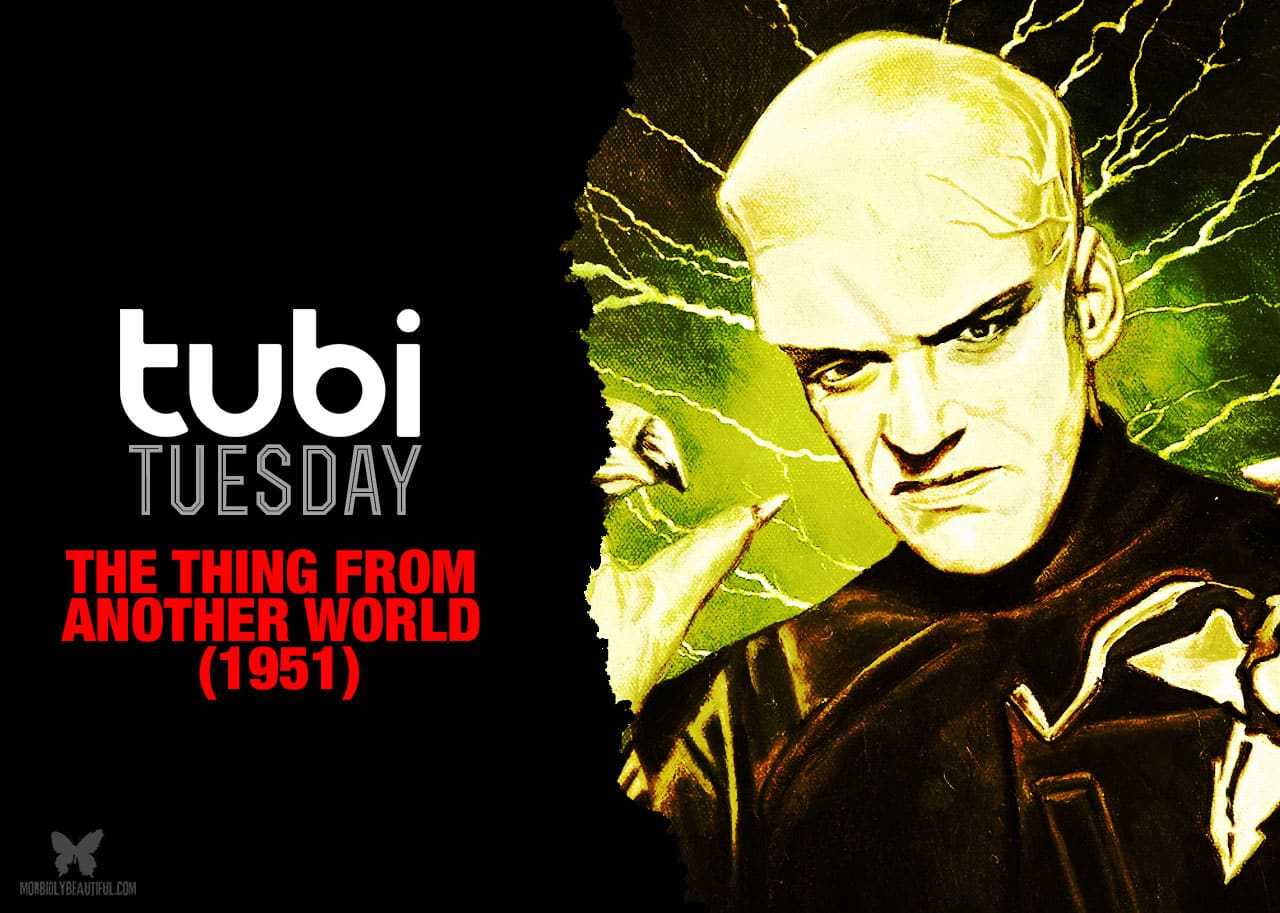
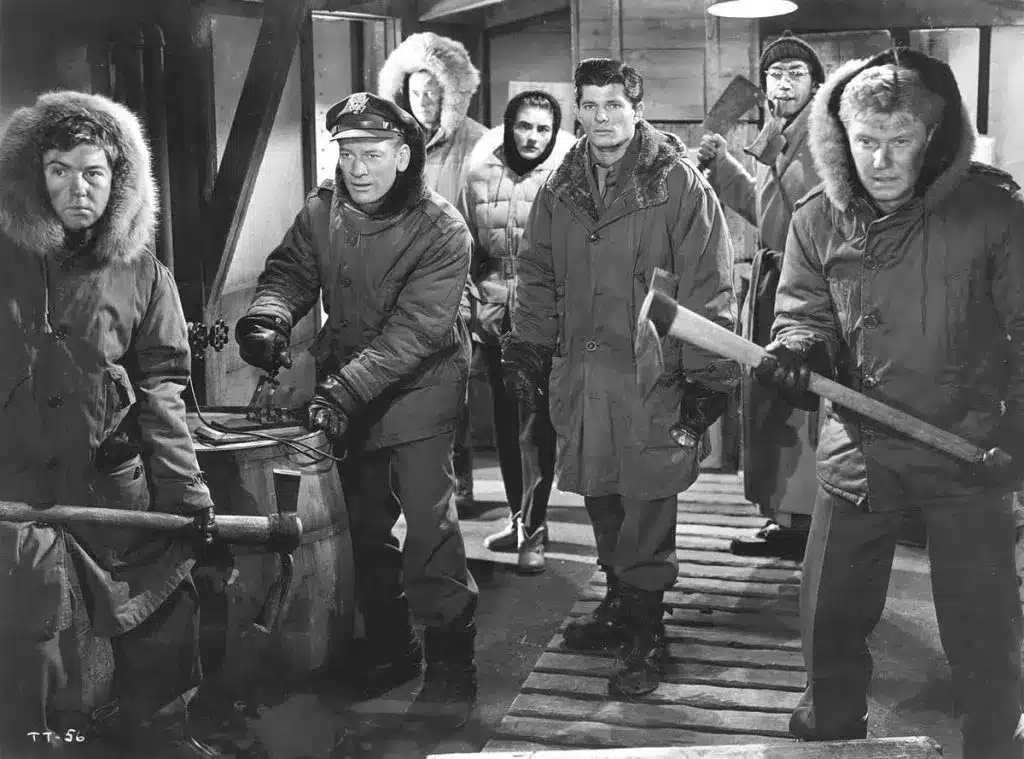
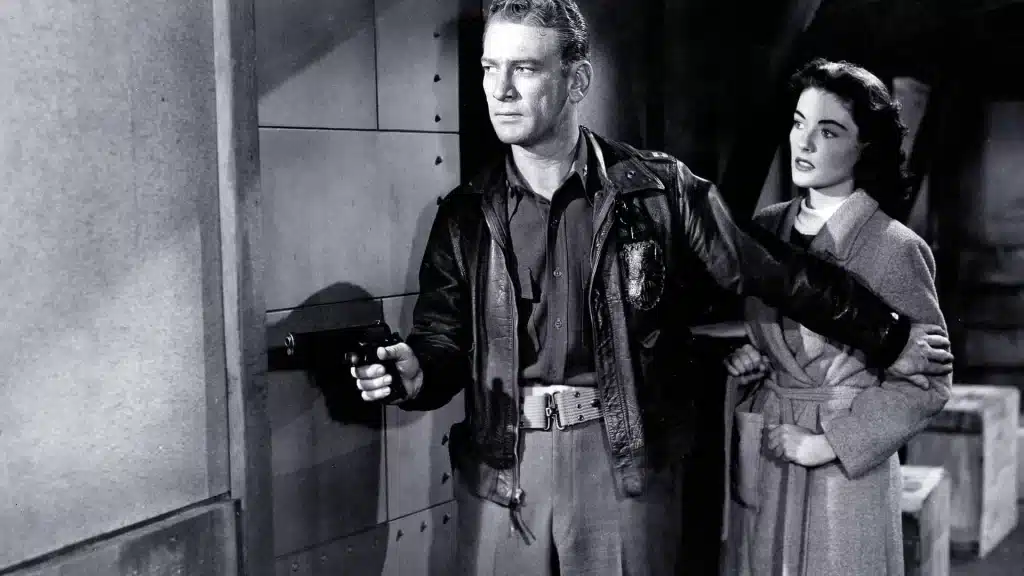
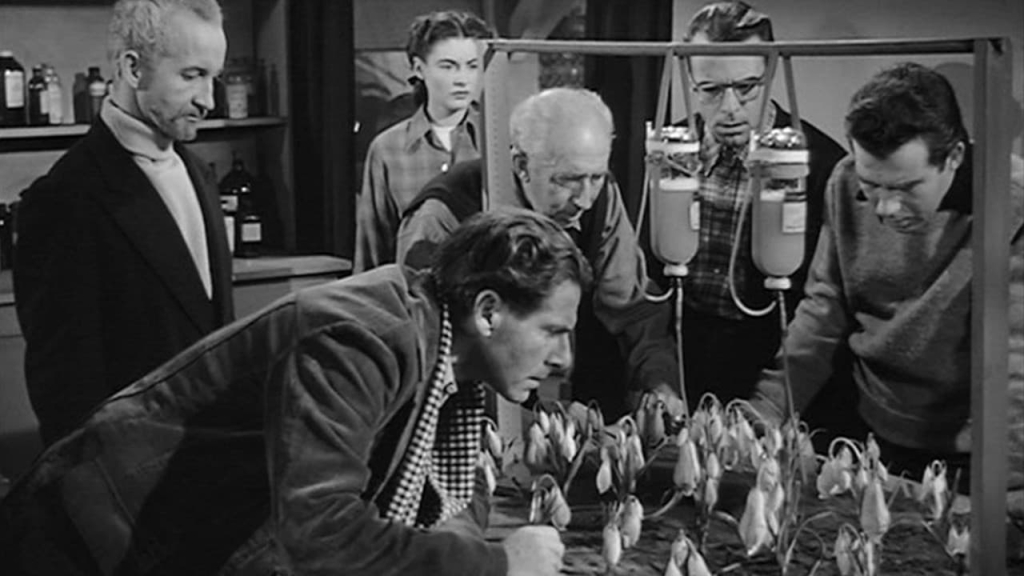

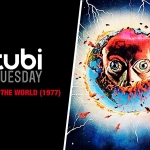









Follow Us!